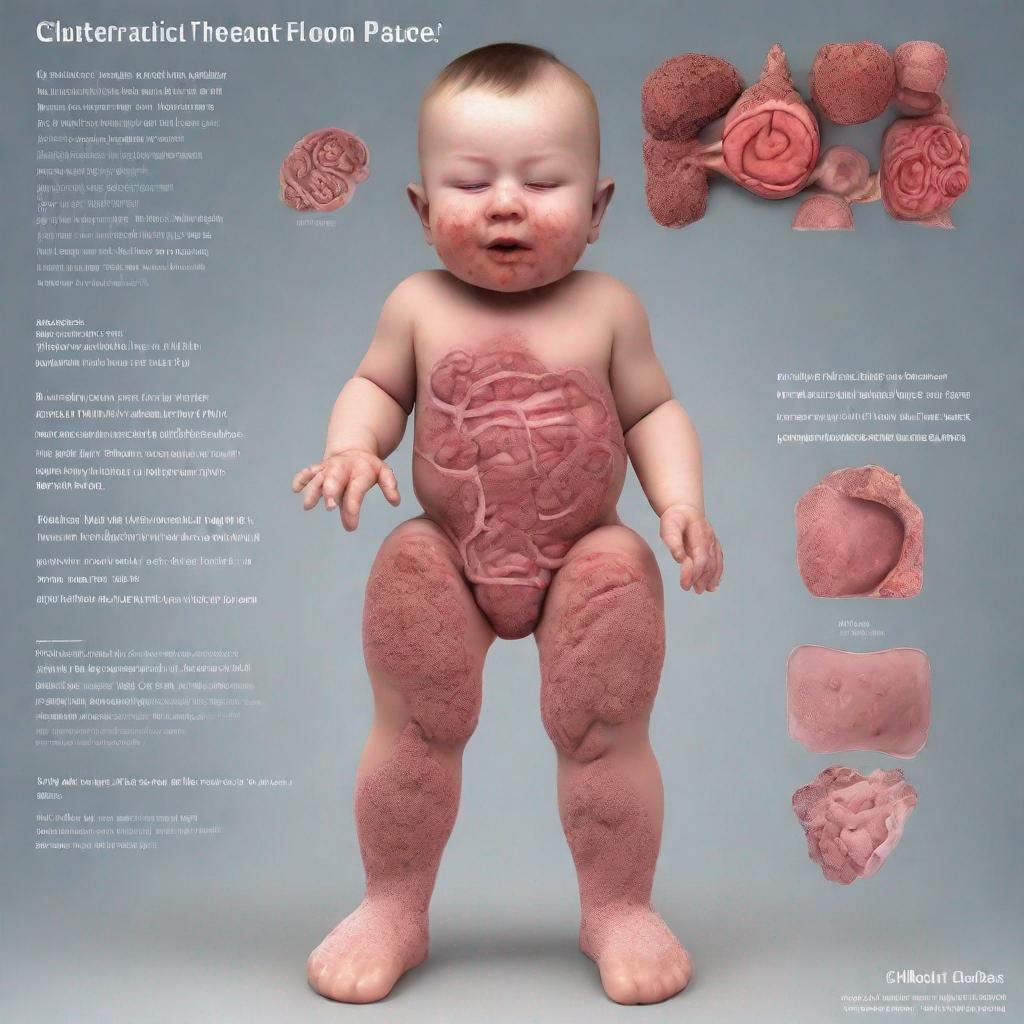## Corpus Uteri Cancer: A Comprehensive Overview
**Introduction**
Corpus uteri cancer, also known as uterine cancer, is a type of cancer that develops in the body of the uterus (womb). It is the most common gynecological cancer in developed countries, affecting approximately 1 in 39 women in the United States.
The uterus has three layers: the endometrium (inner lining), the myometrium (muscular wall), and the cervix (the lower, narrow end). Corpus uteri cancer originates in the endometrium and is most commonly diagnosed in women between the ages of 50 and 65.
**Symptoms**
Early stages of corpus uteri cancer may not present any symptoms. As the cancer progresses, symptoms may include:
* Abnormal vaginal bleeding, such as bleeding after menopause, heavy or prolonged periods, or bleeding between periods
* Pain during intercourse
* Pelvic pain or pressure
* Bloating or abdominal pain
* Urinary frequency
* Constipation
**Diagnosis**
Diagnosis of corpus uteri cancer involves the following tests:
* Pelvic exam: A physical examination of the vagina, cervix, and uterus
* Transvaginal ultrasound: A procedure that uses sound waves to create images of the uterus
* Biopsy: Removal of a small tissue sample for examination under a microscope
**Prevention**
* **Hormonal replacement therapy (HRT):** Progestin-only HRT can reduce the risk of corpus uteri cancer in women who have not had a hysterectomy.
* **Oral contraceptives:** Birth control pills can lower the risk of corpus uteri cancer.
* **Weight management:** Maintaining a healthy weight reduces the risk of developing corpus uteri cancer.
* **Healthy diet:** A diet rich in fruits, vegetables, and whole grains may protect against corpus uteri cancer.
* **Human papillomavirus (HPV) vaccine:** The HPV vaccine can prevent against certain types of HPV that are linked to corpus uteri cancer.
**Treatment**
Treatment for corpus uteri cancer depends on several factors, including the stage of the cancer, the patient’s overall health, and the patient’s preferences.
* **Surgery:** Hysterectomy (removal of the uterus) is the most common treatment for corpus uteri cancer.
* **Radiation therapy:** Uses high-energy rays to kill cancer cells.
* **Chemotherapy:** Uses drugs to kill cancer cells throughout the body.
* **Hormonal therapy:** Uses hormones to slow down or stop the growth of cancer cells.
* **Targeted therapy:** Uses drugs that specifically target cancer cells.
* **Immunotherapy:** Boosts the body’s immune system to fight cancer.
**Complications**
* Complications of corpus uteri cancer treatment may include:
* **Infertility:** Hysterectomy removes the uterus, which prevents future pregnancies.
* **Lymphedema:** Swelling in the legs or genitals due to damage to the lymphatic system.
* **Menopausal symptoms:** Radiation therapy and chemotherapy can cause early menopause.
* **Heart problems:** Radiation therapy to the pelvic area can increase the risk of heart disease.
**Prognosis**
The prognosis for corpus uteri cancer depends on the stage of the cancer at diagnosis. The 5-year survival rate for women diagnosed with stage 1 corpus uteri cancer is approximately 95%. The survival rate decreases as the cancer advances to more advanced stages.
**Conclusion**
Corpus uteri cancer is a serious but treatable condition. Early diagnosis and treatment are crucial for improving the prognosis. Women who experience any of the symptoms should consult with their healthcare provider promptly.




